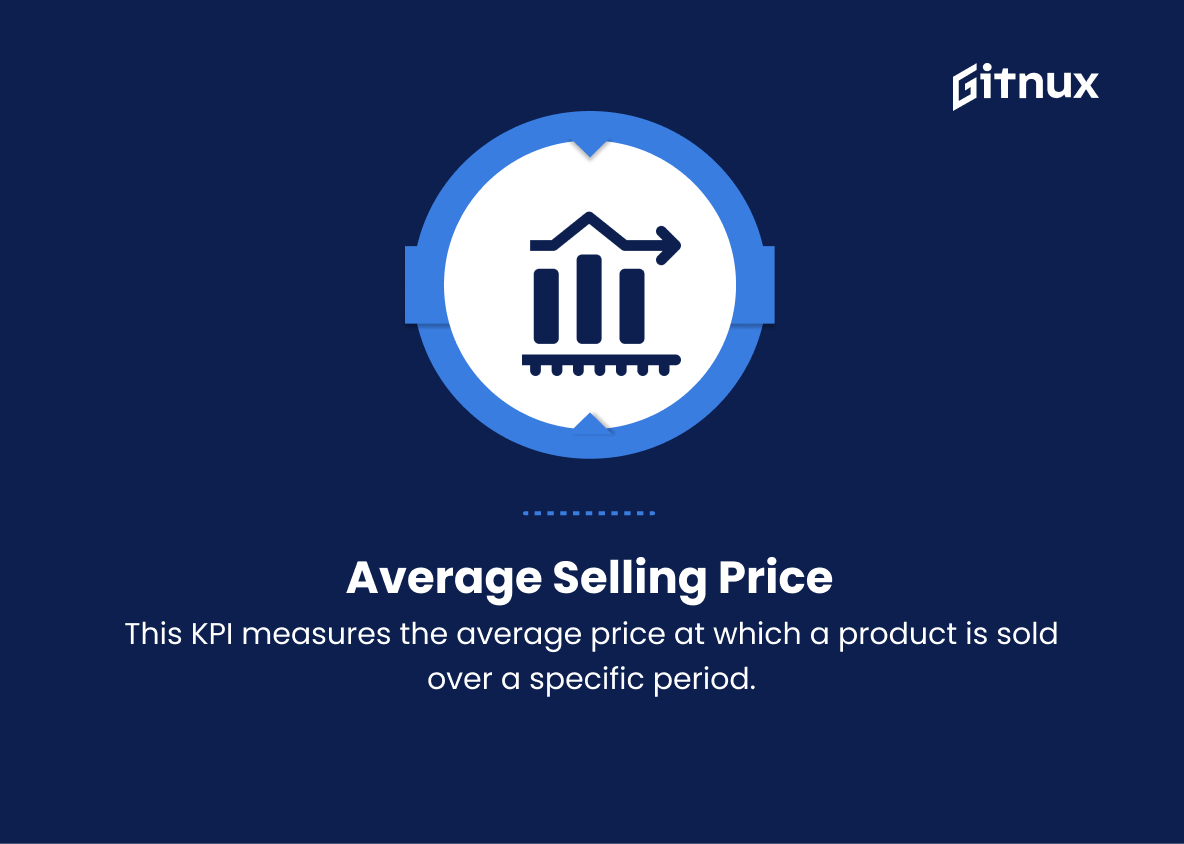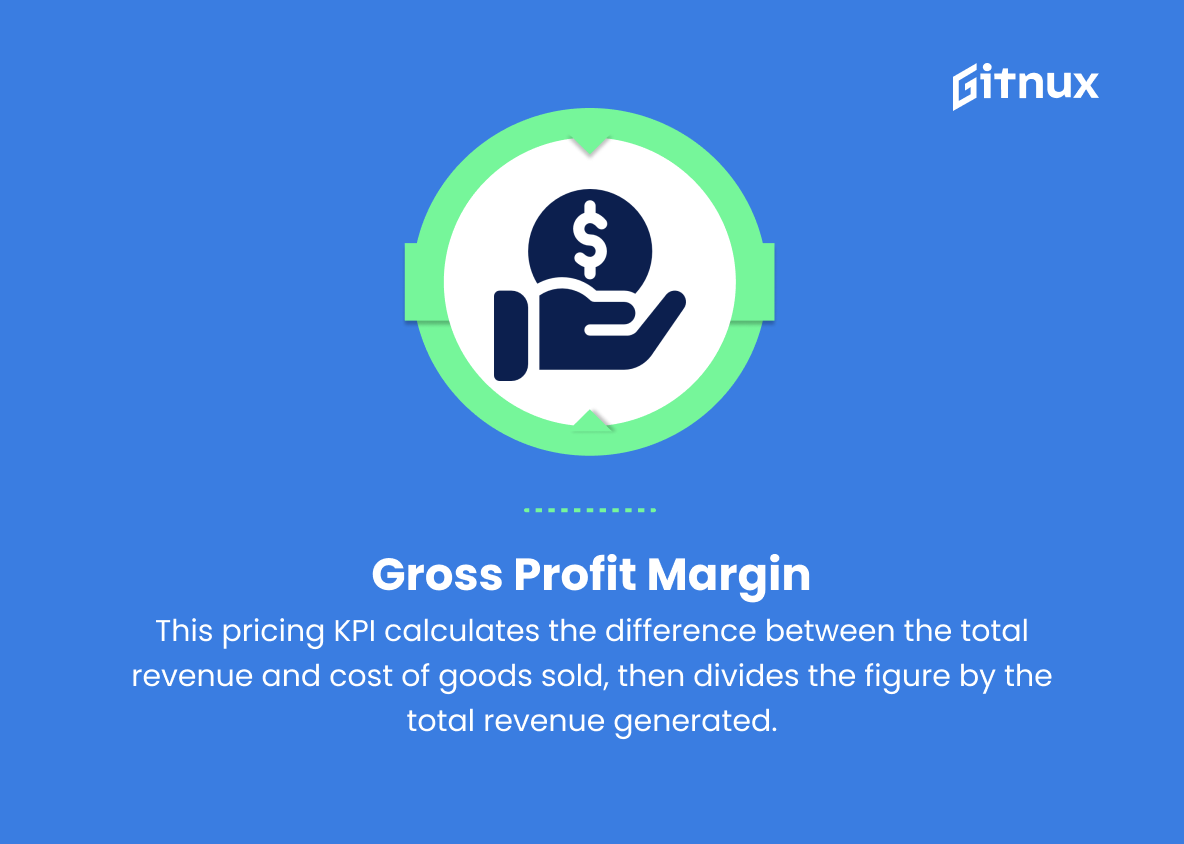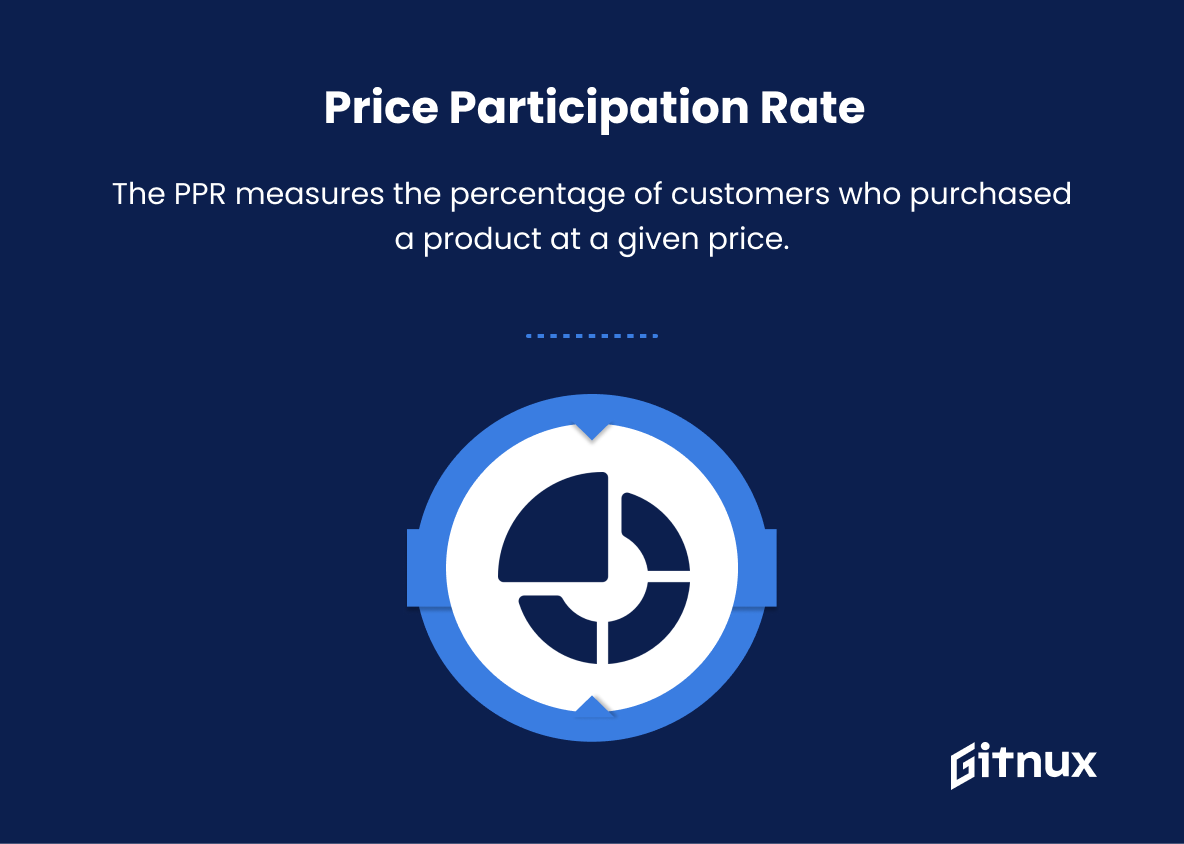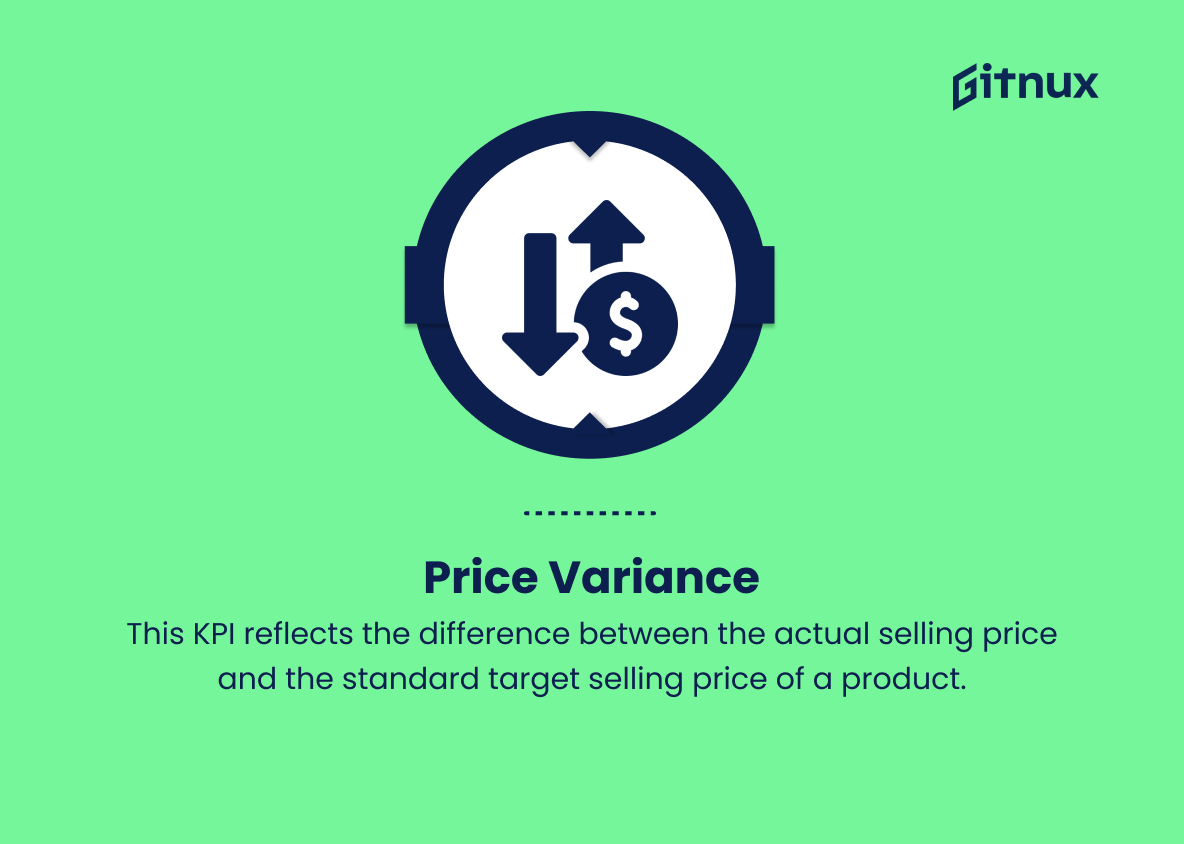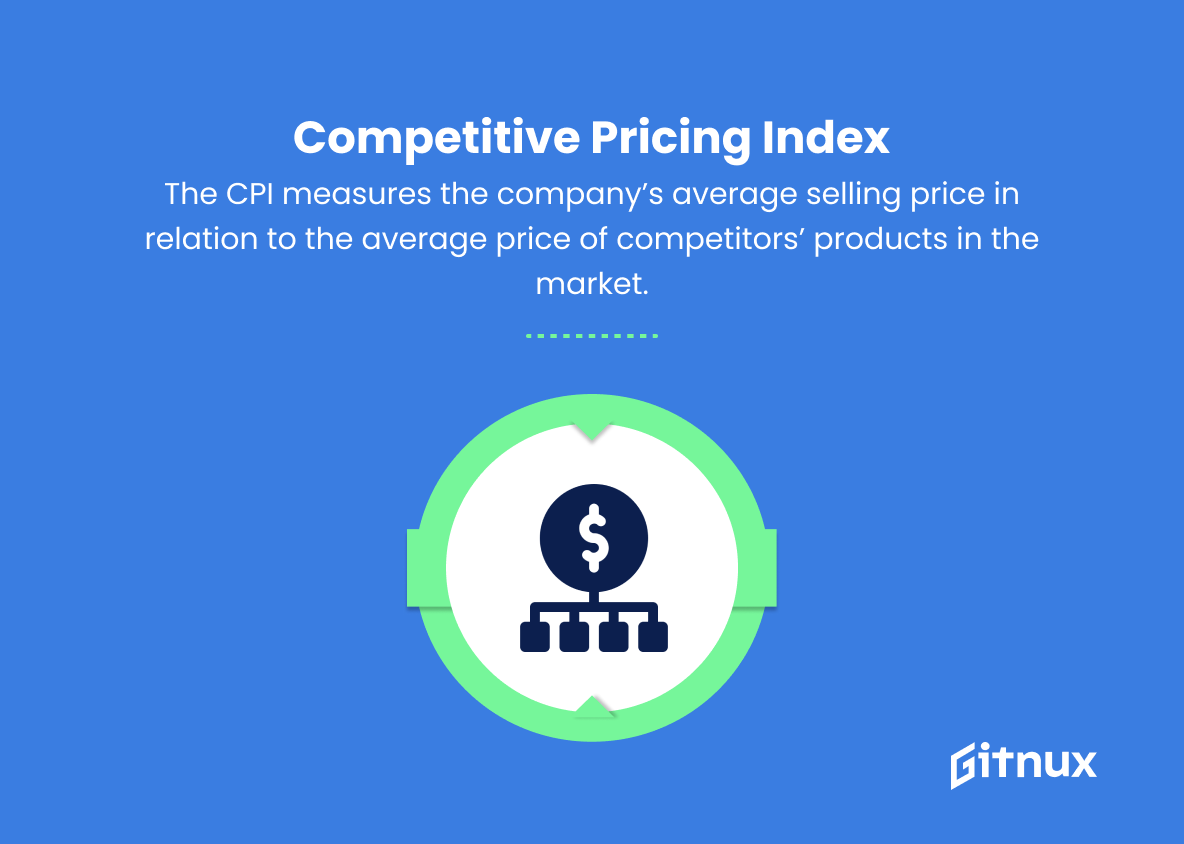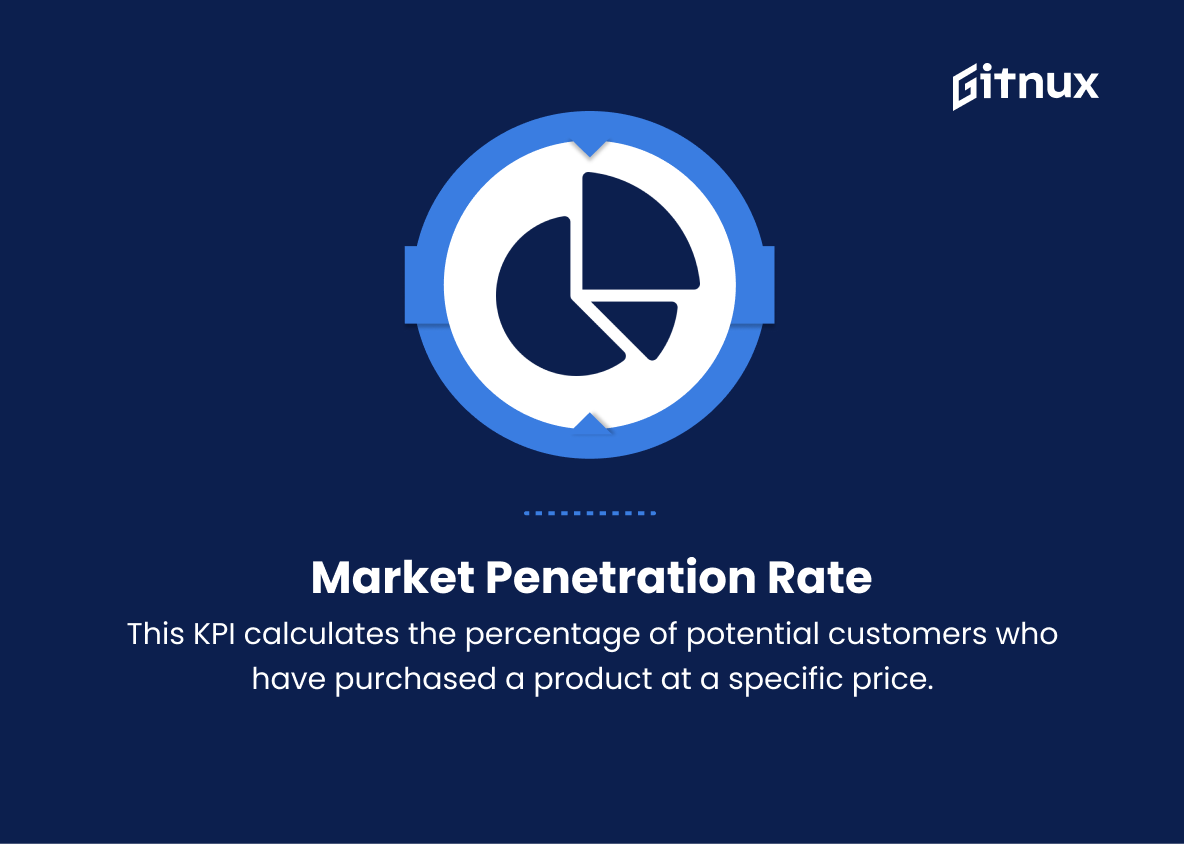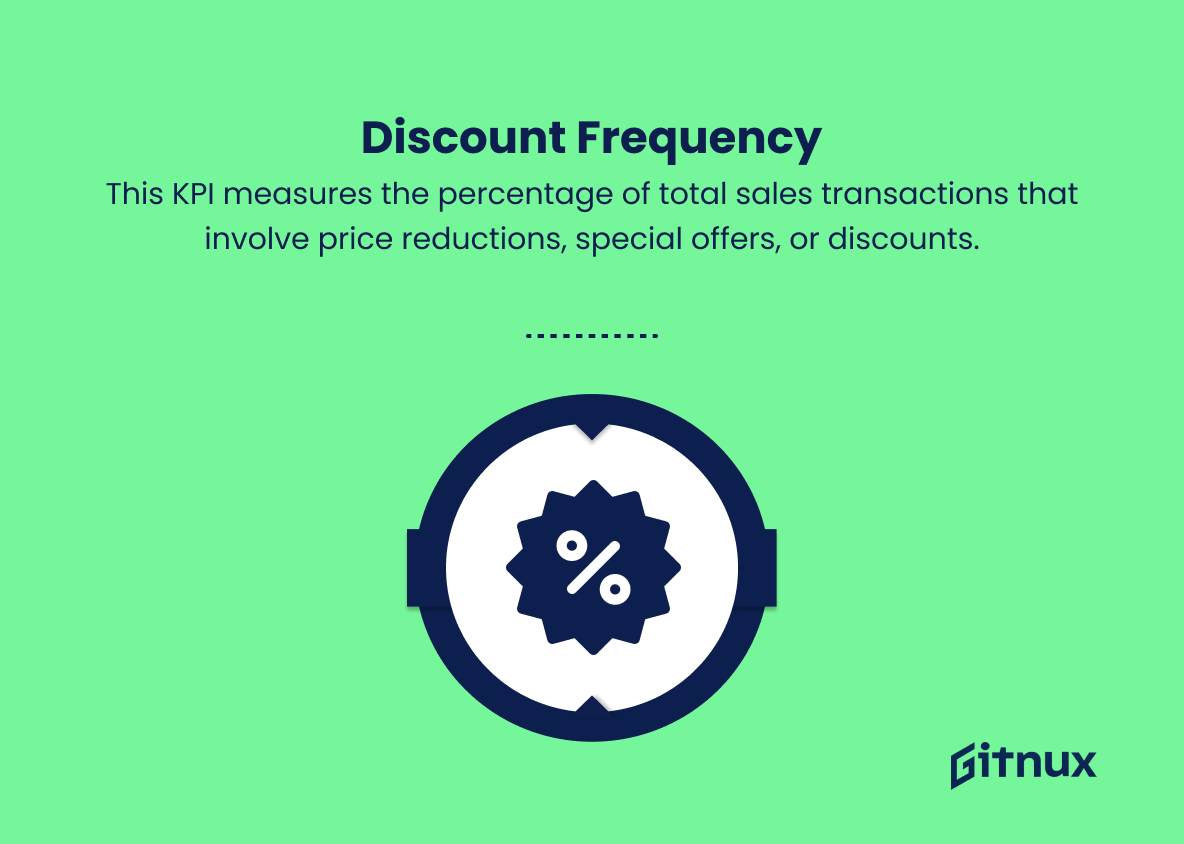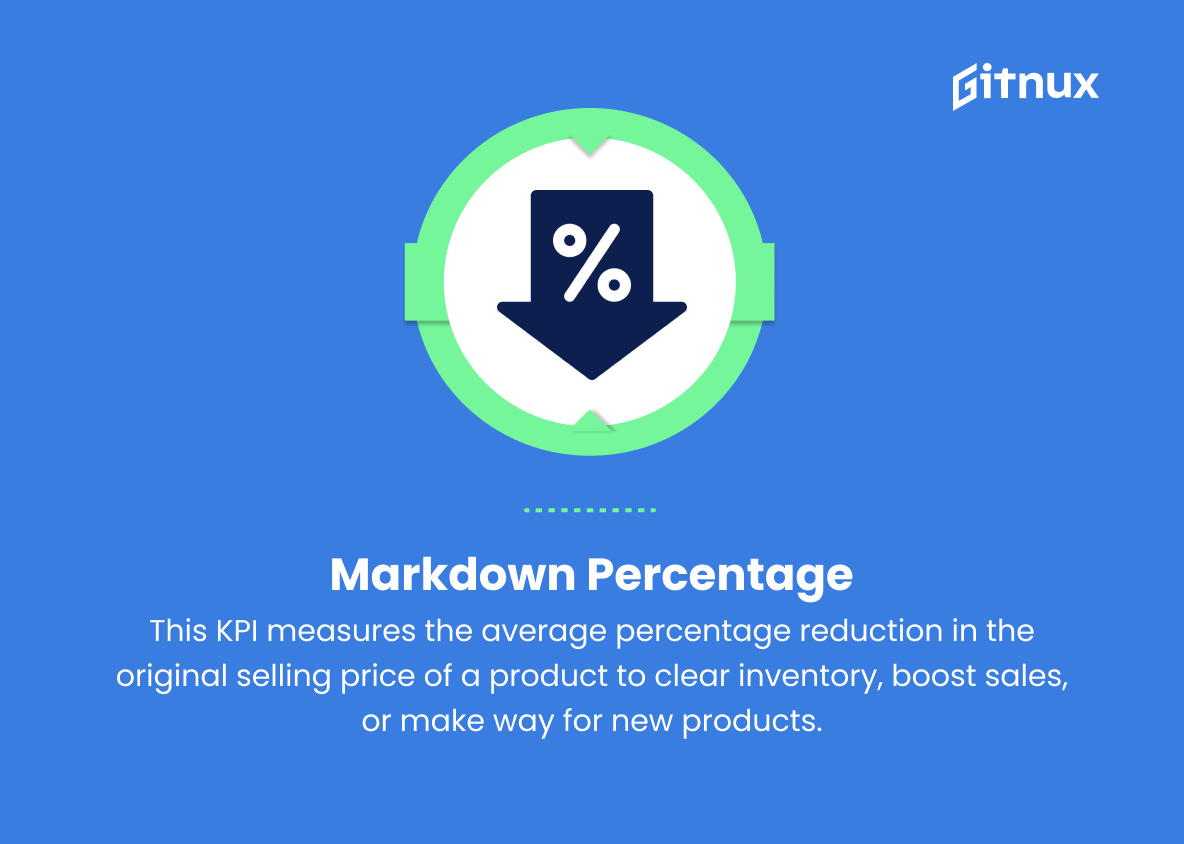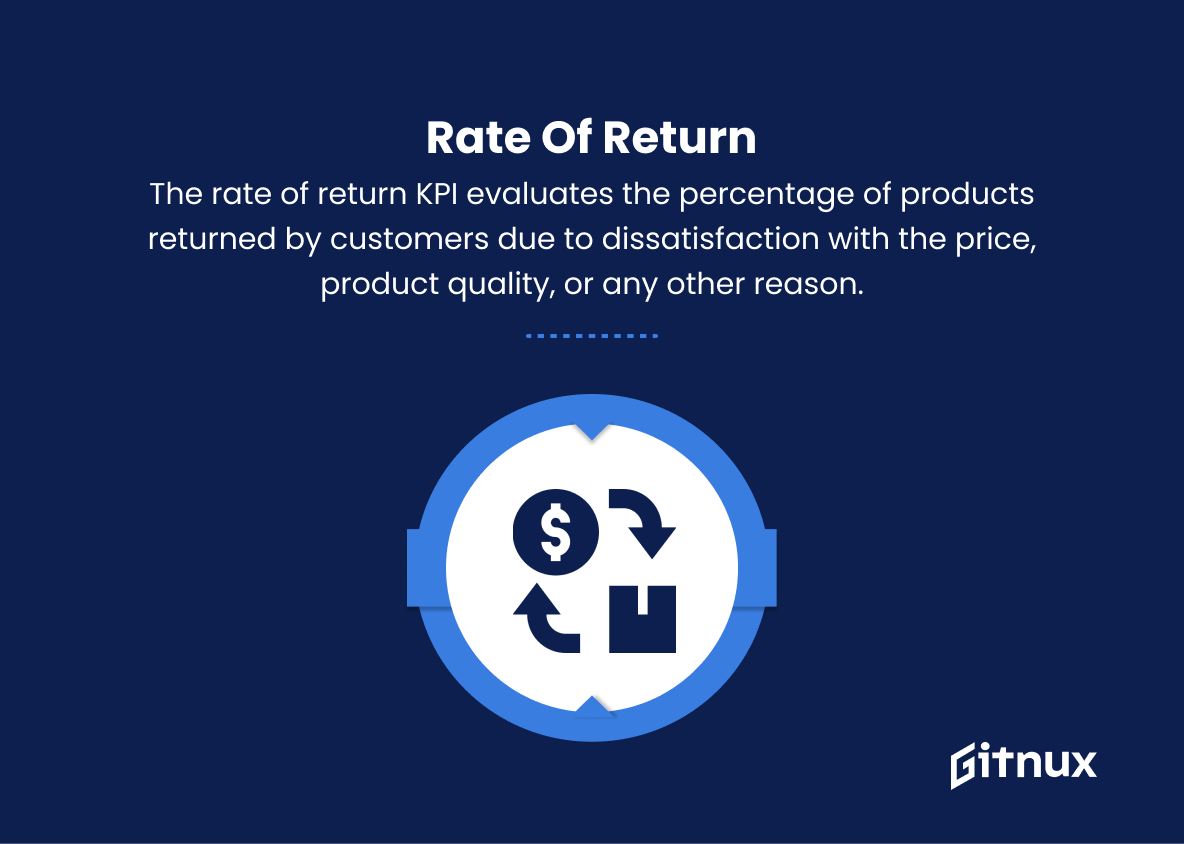In today’s highly competitive business landscape, understanding and managing the crucial Key Performance Indicators (KPIs) associated with pricing can mean the difference between success and failure. A well-defined, data-driven pricing strategy is essential for companies aiming to maximize revenue, improve profitability, and maintain a competitive edge.
This blog post will delve into the world of Pricing KPIs, exploring their significance, the various types of KPIs that affect pricing decisions, and the ways in which they can be utilized to create a robust and adaptive pricing strategy for businesses that are serious about achieving their objectives. So, get ready to unravel the fascinating world of Pricing KPIs and discover how these metrics can transform your business.
Pricing KPIs You Should Know
1. Average Selling Price (ASP)
This KPI measures the average price at which a product is sold over a specific period. It helps in understanding the overall pricing strategy and market positioning of the company.
2. Price Elasticity of Demand
This KPI is a measure of how sensitive the quantity demanded is to a change in price. It helps businesses in identifying the optimal price point to maximize sales and profit margins.
3. Gross Profit Margin
This pricing KPI calculates the difference between the total revenue and cost of goods sold, then divides the figure by the total revenue generated. This gives an insight into the profitability of a company’s products, as well as its ability to cover operating expenses.
In today’s highly competitive business landscape, understanding and managing the crucial Key Performance Indicators (KPIs) associated with pricing can mean the difference between success and failure.4. Price Participation Rate (PPR)
The PPR measures the percentage of customers who purchased a product at a given price. This KPI helps businesses understand the acceptance level of a particular pricing strategy and assess customer responses to price variations.
5. Price Variance
This KPI reflects the difference between the actual selling price and the standard target selling price of a product. Price variance enables businesses to evaluate and adjust their pricing strategy as needed, based on market circumstances or competitive dynamics.
6. Competitive Pricing Index (CPI)
The CPI measures the company’s average selling price in relation to the average price of competitors’ products in the market. It helps businesses understand their pricing position in the market compared to their competitors.
7. Market Penetration Rate
This KPI calculates the percentage of potential customers who have purchased a product at a specific price. It helps businesses gauge the success of a pricing strategy in terms of increasing market share and reaching new customers.
8. Discount Frequency
This KPI measures the percentage of total sales transactions that involve price reductions, special offers, or discounts. Discount frequency helps businesses identify the pattern and impact of their discount strategies on overall sales and profit margins.
9. Markdown Percentage
This KPI measures the average percentage reduction in the original selling price of a product to clear inventory, boost sales, or make way for new products. It assists businesses in evaluating the efficiency and effectiveness of their markdown strategies.
10. Rate of Return
The rate of return KPI evaluates the percentage of products returned by customers due to dissatisfaction with the price, product quality, or any other reason. This KPI helps businesses measure the effectiveness of their pricing strategy and make necessary adjustments to reduce return rates and enhance customer satisfaction.
A well-defined, data-driven pricing strategy is essential for companies aiming to maximize revenue, improve profitability, and maintain a competitive edge.Pricing KPIs Explained
Pricing KPIs play a critical role in determining the success of a company’s overall pricing strategy and market positioning. By considering Average Selling Price (ASP), Price Elasticity of Demand, Gross Profit Margin, Price Participation Rate (PPR), Price Variance, Competitive Pricing Index (CPI), Market Penetration Rate, Discount Frequency, Markdown Percentage, and Rate of Return, businesses can better understand the relationship between their pricing strategies and customer demand for their products.
Through the evaluation and analysis of these key indicators, companies can make informed decisions about pricing adjustments, discount strategies, and inventory management approaches to maximize revenue and profit margins while maintaining customer satisfaction and market competitiveness.
Conclusion
In conclusion, understanding and utilizing Pricing KPIs is essential for businesses to remain competitive, profitable, and adaptable in today’s dynamic marketplace. These key performance indicators empower organizations to evaluate the effectiveness of their pricing strategies, address gaps in their approach, and determine opportunities for growth based on data-driven insights.
By continuously monitoring and analyzing Pricing KPIs, such as price realization, price erosion, and value-based pricing, companies will not only optimize their revenue generation but also establish lasting relationships with customers, built on trust and value. In the ever-changing business landscape, being proactive and agile with pricing decisions is a noteworthy factor contributing to a company’s long-term success.
